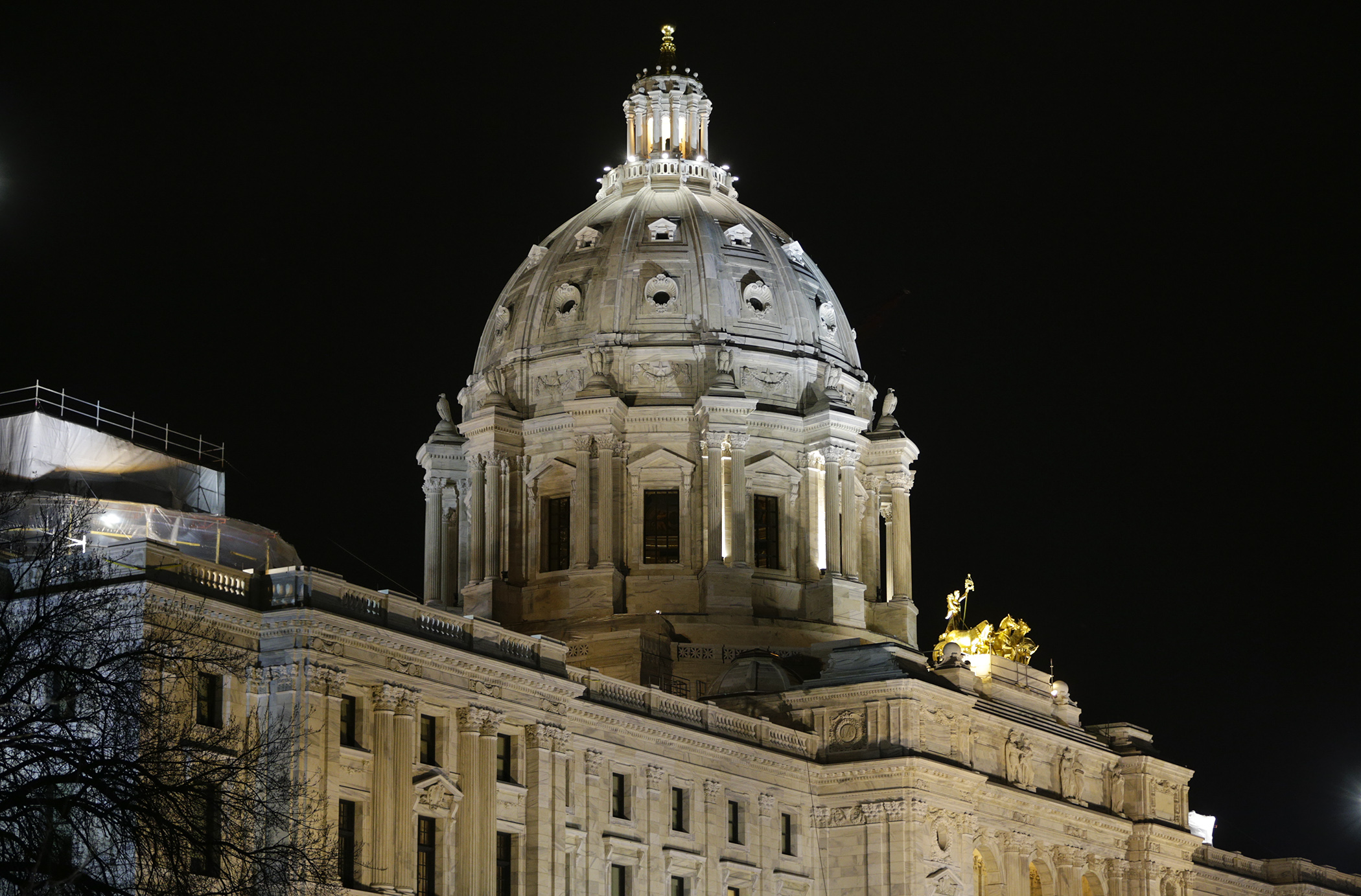Select committee looks at economic impacts of racism, ponders 'what's next?'

The House Select Committee on Racial Justice was created last month to examine disparities Minnesotans of color face in areas including health, public safety, education and employment.
Prior to Tuesday’s final hearing that focused on racism’s economic impact, the 13-member group looked at what racism is, its impact on children, trauma left by racism and heard from more than 50 people about their experiences with racism and recommended changes. Written testimony and recommendations will be accepted through Oct. 27.
With all the gathered information, what comes next?
“My hope is that we as a committee can start to lay the groundwork for developing sustainable solutions that will address these racial injustice areas,” said Rep. Lisa Demuth (R-Cold Spring).
Rep. Ruth Richardson (DFL-Mendota Heights), a committee co-chair, said: “We anticipate convening a small working group to compile the recommendations submitted by the public, by testifiers and by members in order to work toward putting forward a plate of recommendations to be considered by the full committee.”
'Systemic racism is expensive'
This week, members reviewed a report published last month about the cost of inequality and watched an excerpt of “Jim Crow of the North,” a Twin Cities Public Television documentary.
“Systemic racism is expensive, and continuing to promote the status quo, denying its existence or refusing to confront it leads to a less prosperous country and a less prosperous Minnesota,” Richardson said.
“Closing the Racial Inequality Gaps: The Economic Cost of Black Inequality in the U.S.” indicates $16 trillion would have been added to the U.S. economy if four key racial gaps for Blacks — wages, education, housing and investment — were closed 20 years ago. If change is made now, $5 trillion can be added during the next five years.
According to the report, “The COVID-19 pandemic and the deaths of several Black people while in police custody in rapid succession have laid bare the United States’ longstanding problem of discrimination against minority groups, especially against Black people. Moreover, it has laid bare how inequality has produced real economic costs and social losses.
“These costs are most evident in racial gaps: wide numerical differences in key social and economic indicators between Black and white Americans. These gaps are apparent in unemployment, net worth, debt levels, wages, peak income, financing for businesses, spending on education, and rates of imprisonment and sentencing levels. The gaps in many cases remain wide 60 years after the Civil Rights Movement. In some cases, including in homeownership rates and college degree attainment, the gaps are wider now than in the 1950s and 1960s.”
Bruce Corrie, an economics professor at Concordia University, St. Paul, and a self-described member of the ALANA (African, Latino, Asian, and Native American) community brain trust, offered myriad ideas for change through The Minnesota Solution.
“This is a deep value in Minnesota around a welcoming and sharing community building the common good,” he said. “Sustainable both in terms of the environment and in terms of sustainable investment and prosperity meaning an improved standard of living for all Minnesotans. … It has to apply at many levels, from fundamentally changing perceptions of how we view the ALANA communities to a people-centered approach measuring and assessing projects and policies and how they impact people, especially the most vulnerable.”
Corrie encourages individuals and communities to transform their own destinations and institutions to make people view ALANA communities as assets.
“A core element of racism is viewing people and denying the value of people so that they can be exploited,” he said. “By correcting it every time, we are not only affirming the respect given to people, but we are also unleashing a tremendous amount of energy and potential when these people fully engage with our economic resources and society.”
In addition to government initiative, Rep. Steve Sandell (DFL-Woodbury) asked if there could be ways to provide incentives for private investors to provide support in communities needing help.
Corrie said ALANA leaders have addressed that with financial experts and Minnesota members of Congress. He said one way the state could help public–private partnerships would be using state leverage, such as with a loan guarantees.
Related Articles
Search Session Daily
Advanced Search OptionsPriority Dailies
Ways and Means Committee OKs proposed $512 million supplemental budget on party-line vote
By Mike Cook Meeting more needs or fiscal irresponsibility is one way to sum up the differences among the two parties on a supplemental spending package a year after a $72 billion state budg...
Meeting more needs or fiscal irresponsibility is one way to sum up the differences among the two parties on a supplemental spending package a year after a $72 billion state budg...
Minnesota’s projected budget surplus balloons to $3.7 billion, but fiscal pressure still looms
By Rob Hubbard Just as Minnesota has experienced a warmer winter than usual, so has the state’s budget outlook warmed over the past few months.
On Thursday, Minnesota Management and Budget...
Just as Minnesota has experienced a warmer winter than usual, so has the state’s budget outlook warmed over the past few months.
On Thursday, Minnesota Management and Budget...